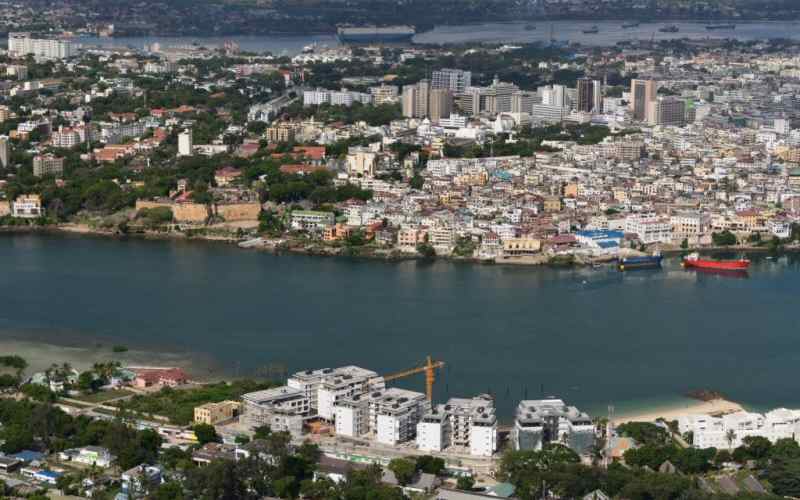×
The Standard e-Paper
Smart Minds Choose Us

For close to 100 years, Mombasa conned the world, passing off as the island it had ceased to be, courtesy of a colonial earthen causeway that made it easier for man and machine to enter the town.
Before that, an 1899 Salisbury bridge stood over the waters, maintaining the island's integrity and allowing waters and marine life of Makupa straits to flow freely.